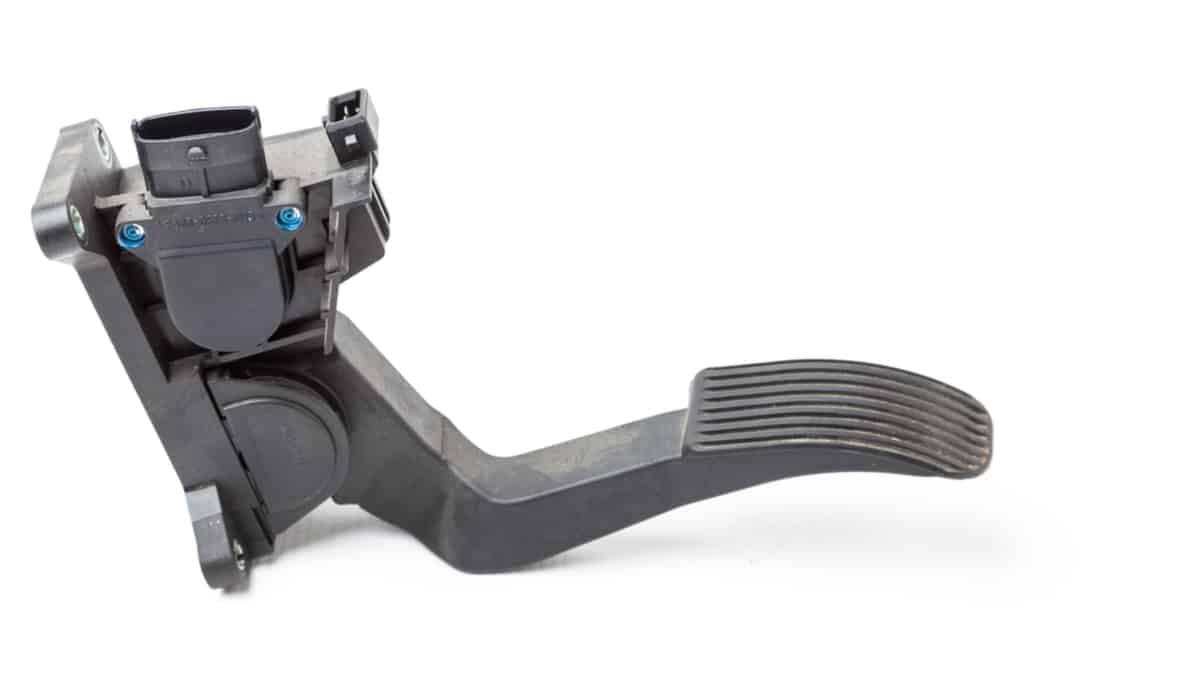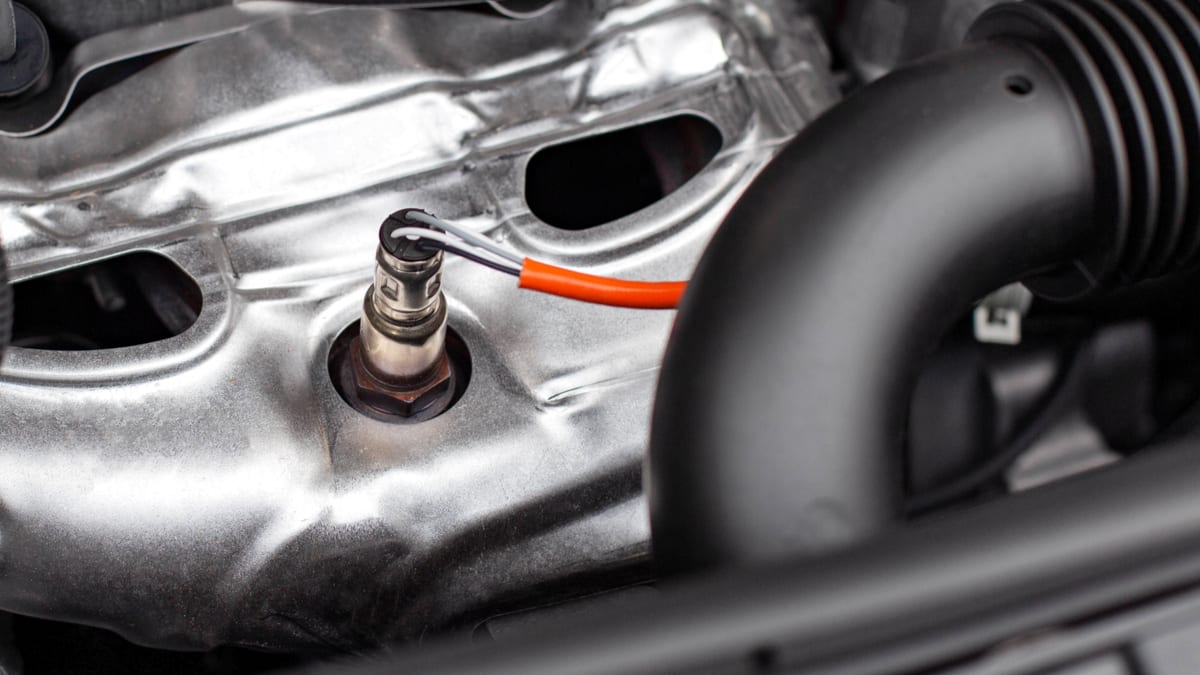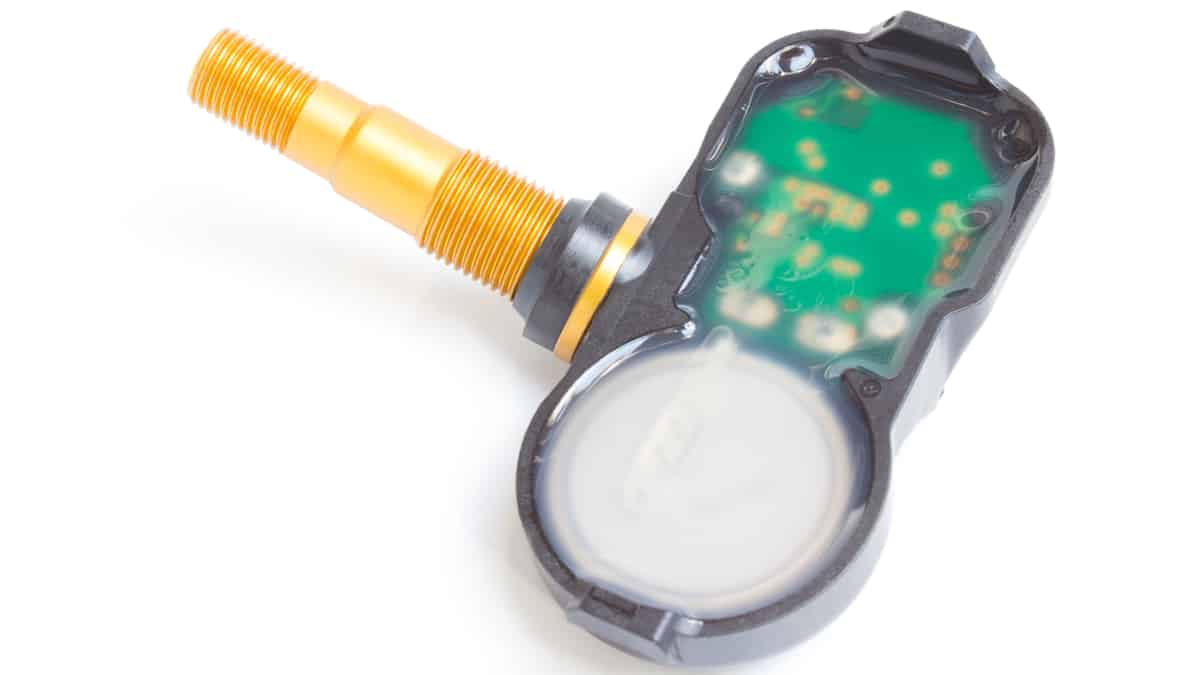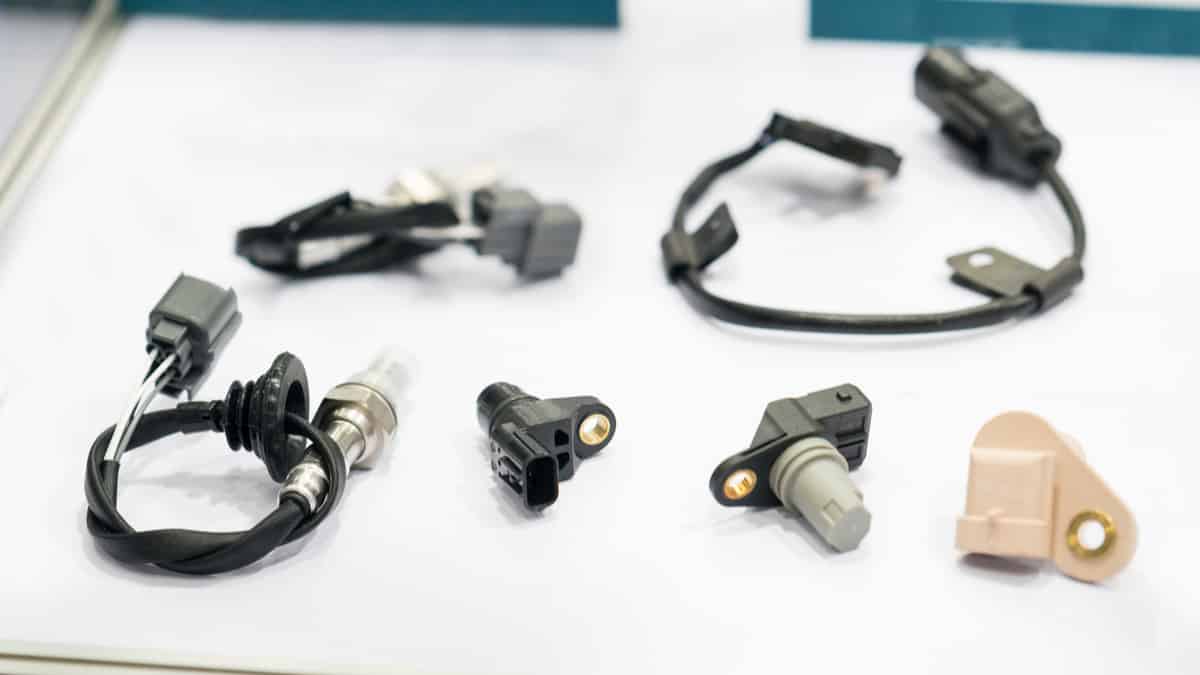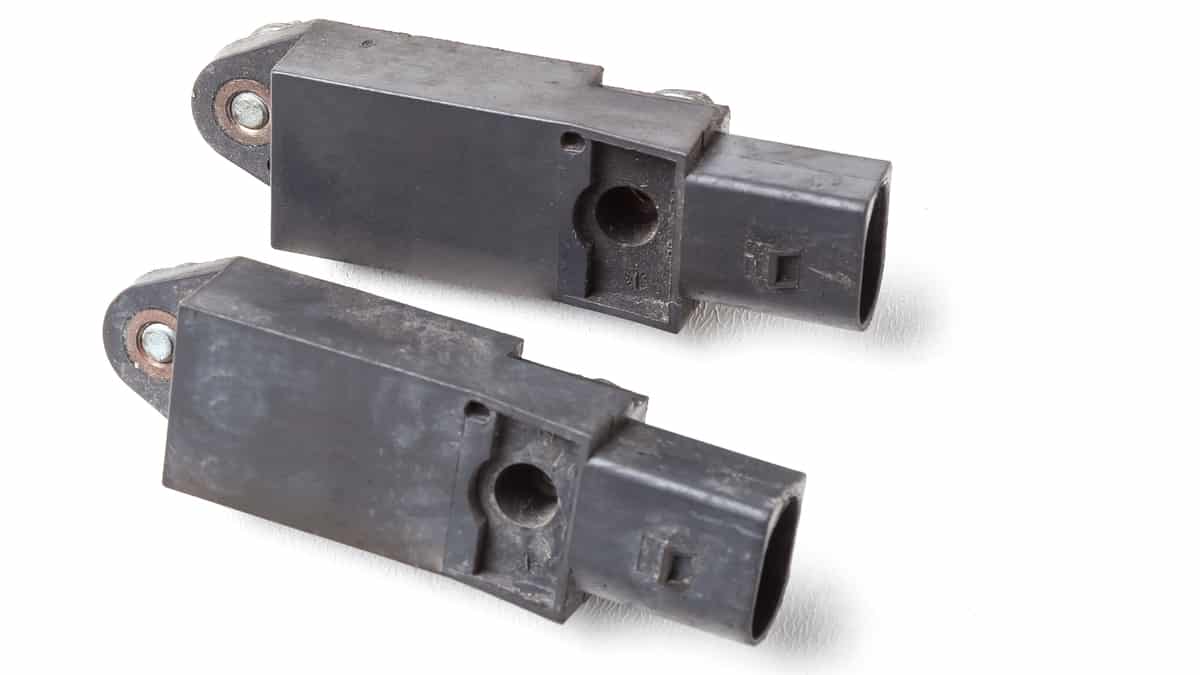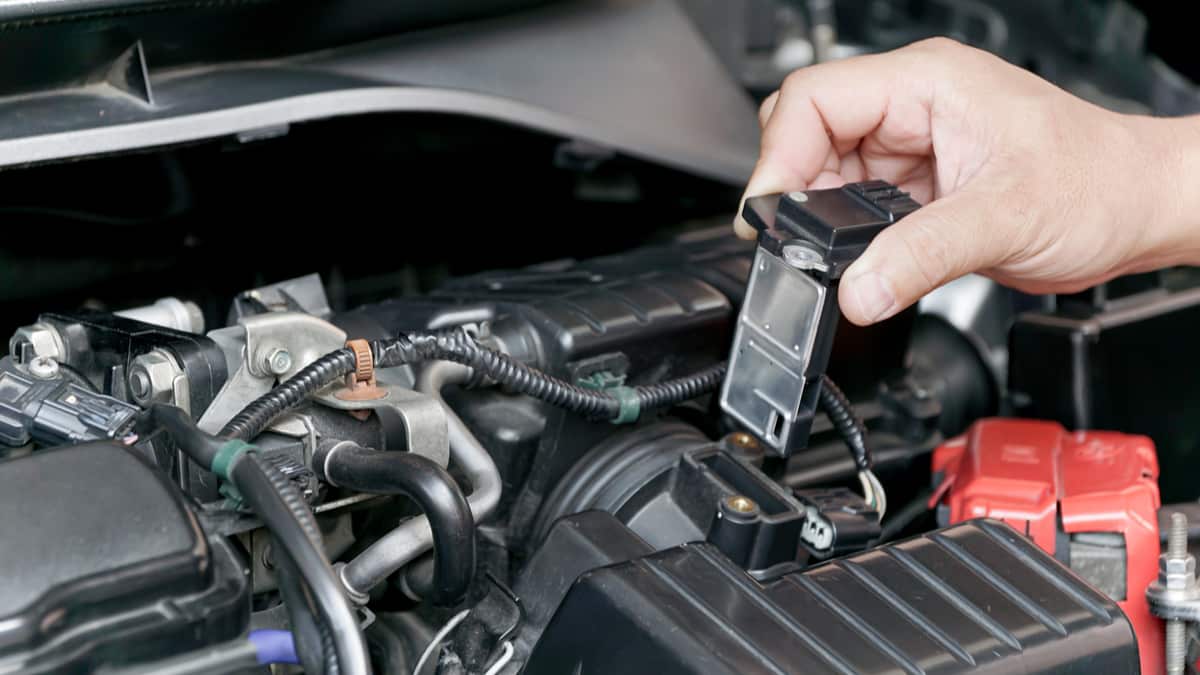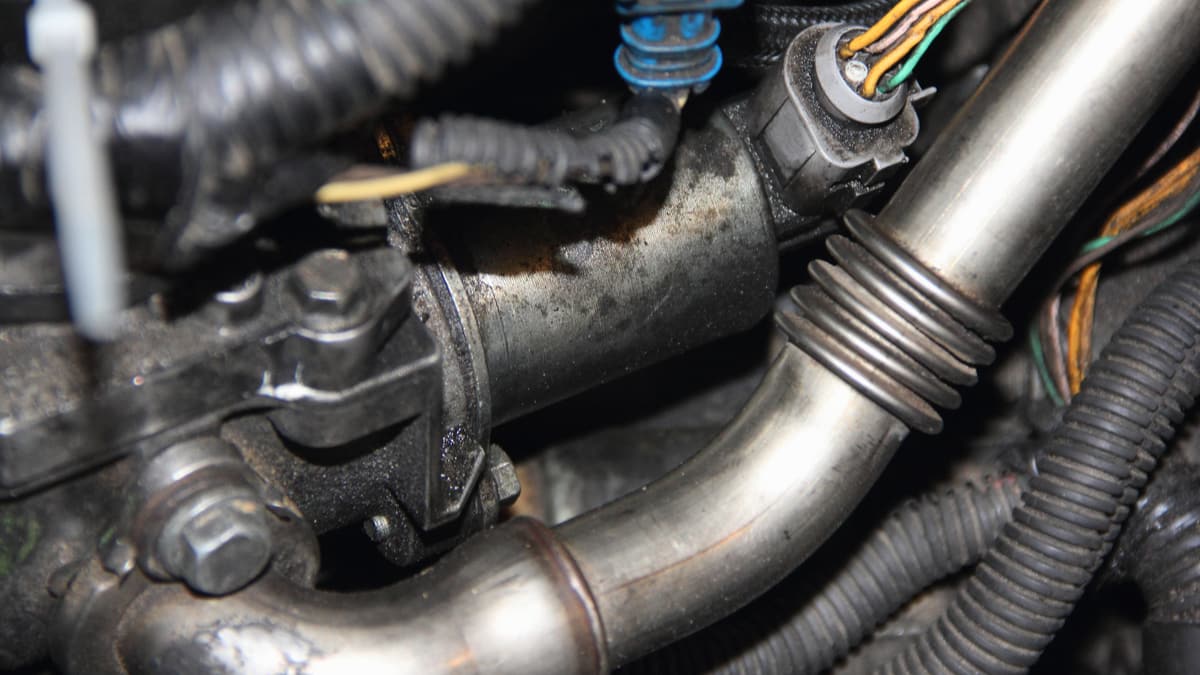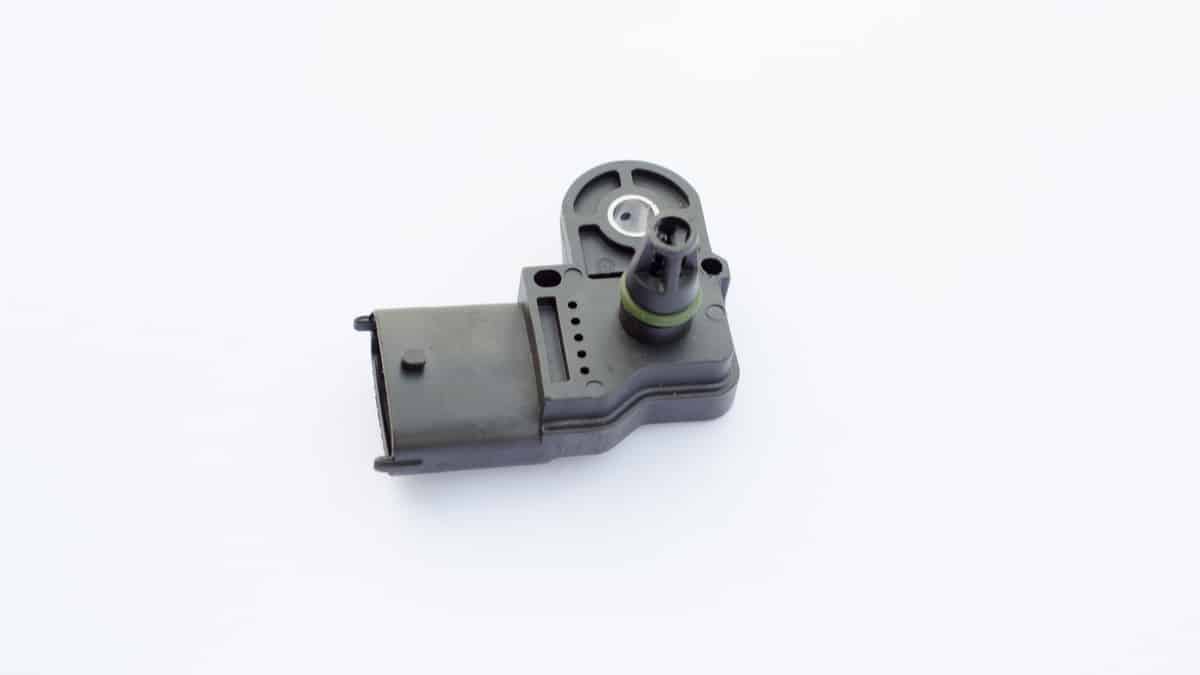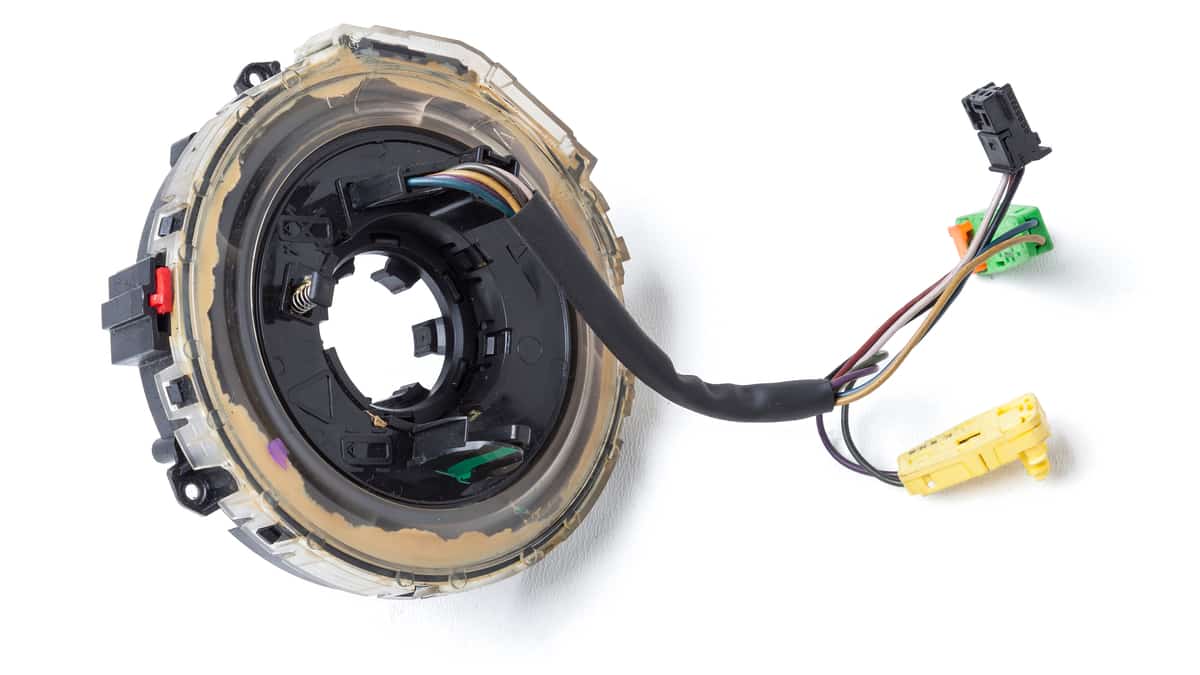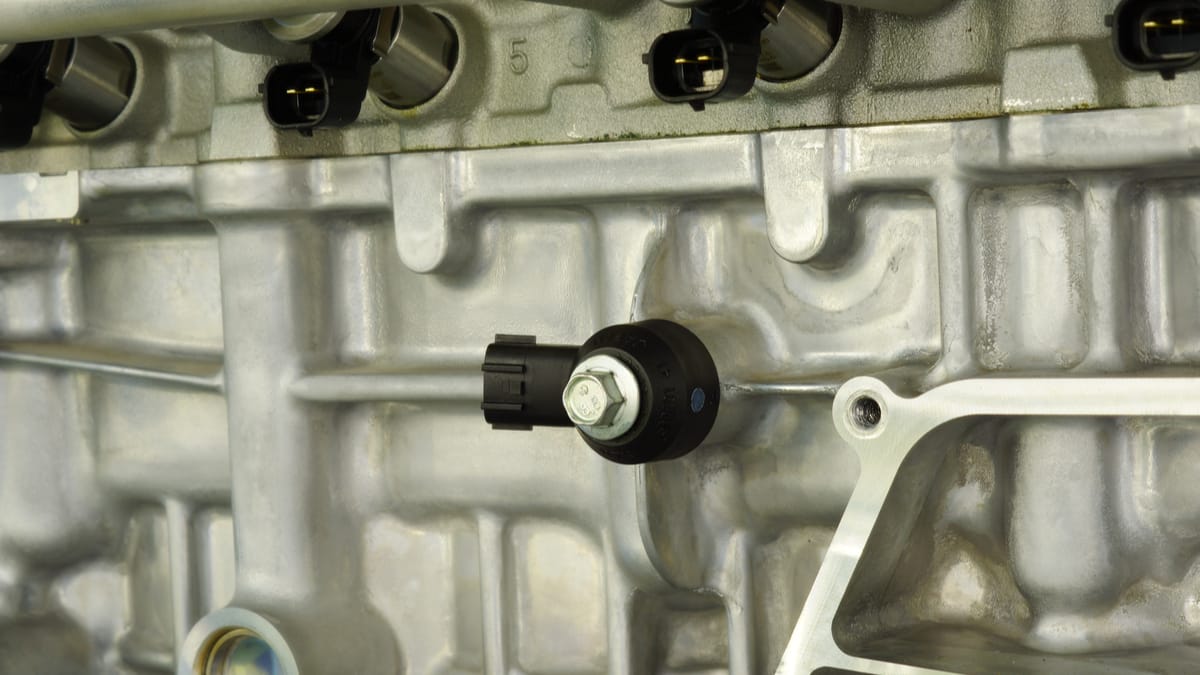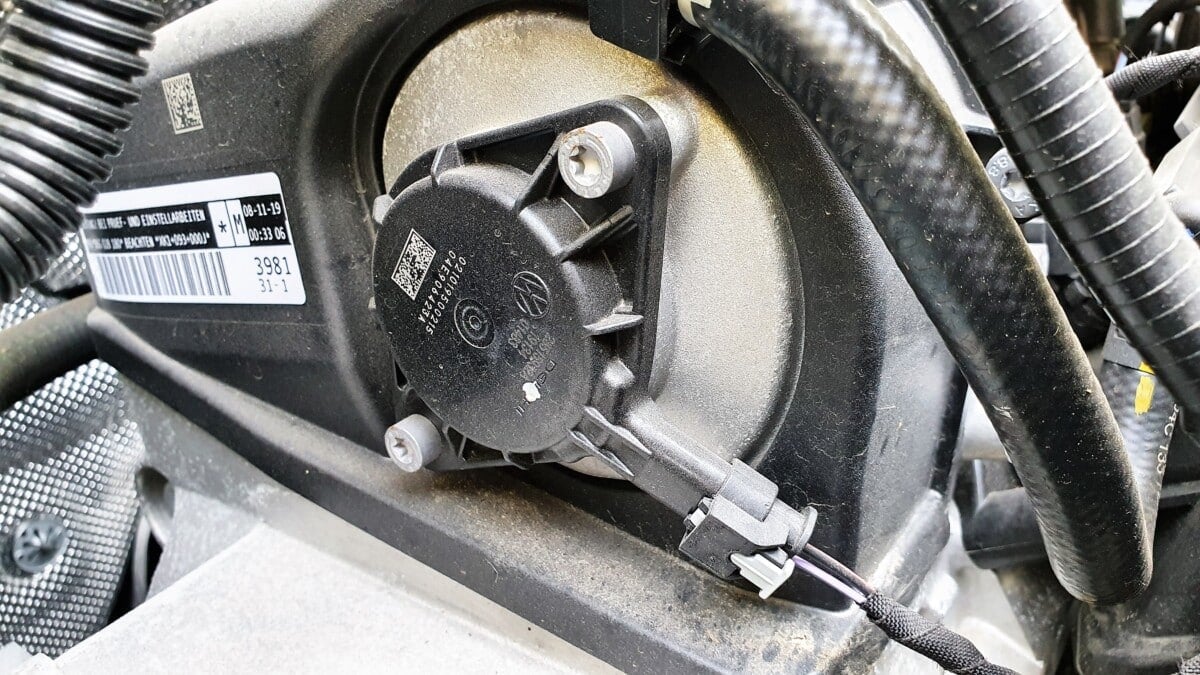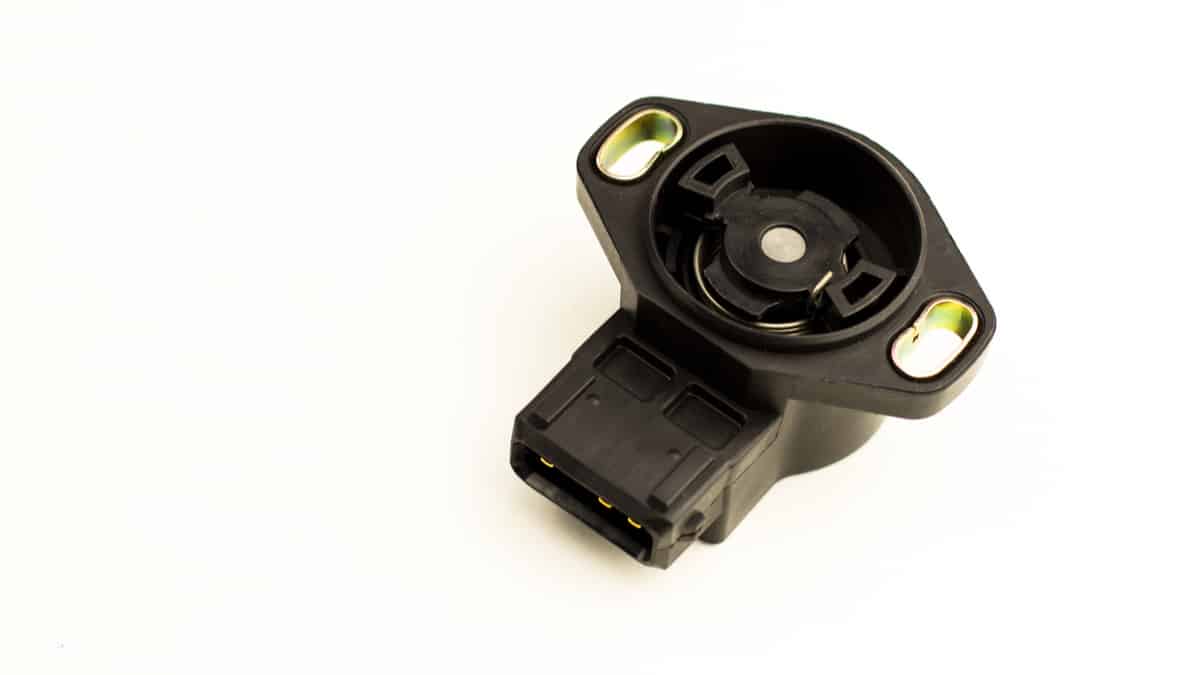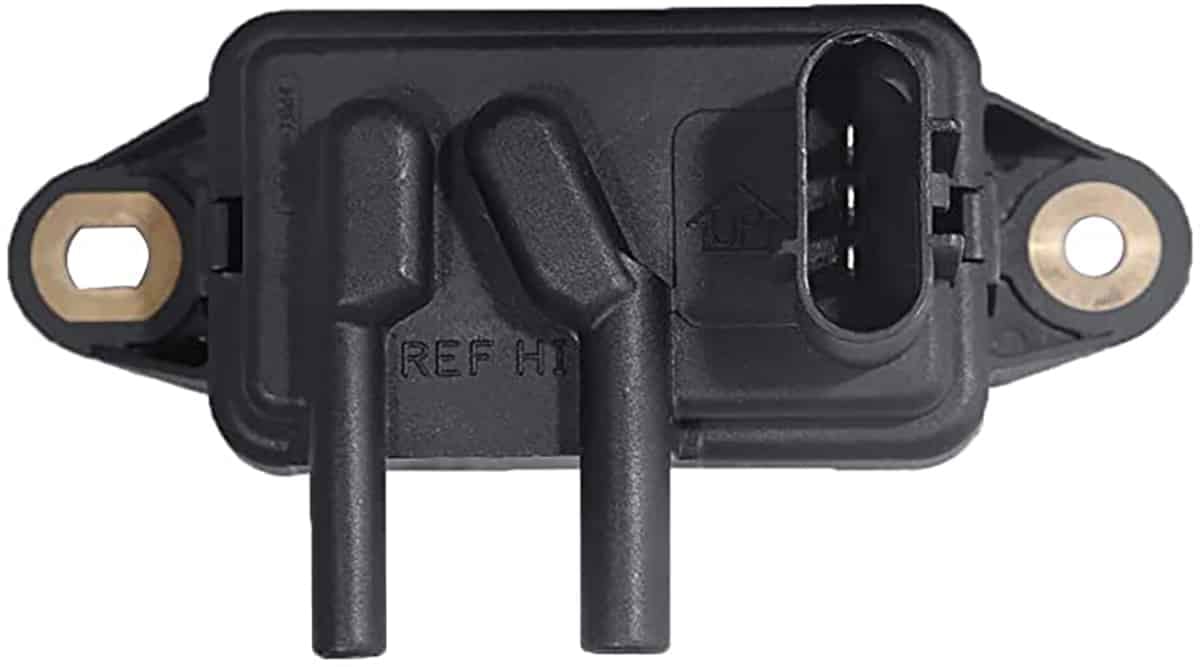Modern vehicles are equipped with many sensors and computers to automatically and precisely manage basic car controls.
They help to achieve better gas mileage and a smoother, comfortable, safe drive.
Almost every modern car now has a sensor called the TPS and an accelerator pedal position sensor. As the name implies, these sensors are precision devices that determine the position of the accelerator pedal.
In this article, you will find the most common symptoms of a bad accelerator pedal position sensor, its location, and replacement cost. Let’s begin with a quick overview of the signs to look for.
Symptoms Of A Bad Accelerator Pedal Position Sensor
The most common symptoms of a bad accelerator pedal position sensor are an unresponsive accelerator pedal and a check engine light on your dashboard. You may also notice symptoms such as issues with shifting gears, rough idle, or high fuel consumption.
A failing accelerator pedal sensor’s impact is pretty obvious, because it directly affects gas mileage as well as how the car drives and responds to the pedal.
If any of these symptoms occur or your car isn’t responding accurately when you press the gas pedal, you should pull over immediately and call a mechanic.
Here is a more detailed list of the signs of a bad or failing accelerator pedal position sensor to look for:
1. Car hesitates to move when the gas pedal is pressed

This symptom is easy to detect. Every owner eventually becomes familiar with how their car responds to pressing the gas pedal. If you feel that your car is hesitating to move, your accelerator pedal sensor could be failing.
In such a case, it is advised to pull over immediately and call a mechanic, since a bad pedal signal can be fatal.
2. Rough Idle

The optimal RPM of a car engine is around 600 to 700 rotations per minute. At these RPMs, the engine idles smoothly without shaking and consumes little fuel. If your car is unable to idle smoothly and you are not having problems with the fuel mixture, a bad accelerator pedal sensor could be the culprit.
READ MORE: What RPM Should a Car Idle at?
3. Acceleration Issues
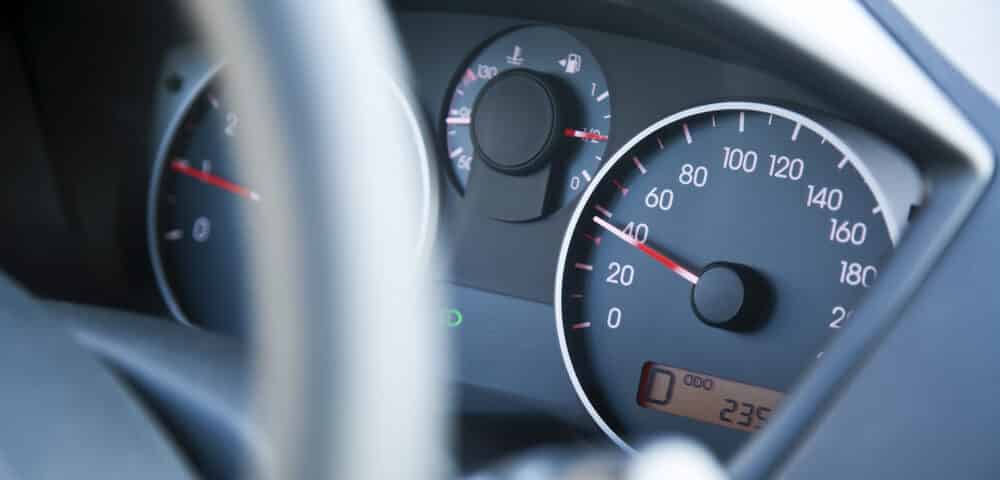
If your car is only able to accelerate up to a point and won’t go faster beyond that speed, your accelerator pedal sensor is not able to send positioning signals accurately, which causes your car not to speed up beyond a certain point when you press the gas pedal.
4. Shifting Issues

If the accelerator pedal sensor isn’t working as it should, it will give out incorrect readings to the car’s automatic transmission computer.
Depressing the pedal will sometimes give out delayed signals or a burst of varying signals, which your car’s computer tries to accumulate and use to adjust the mixture.
5. Fuel Consumption
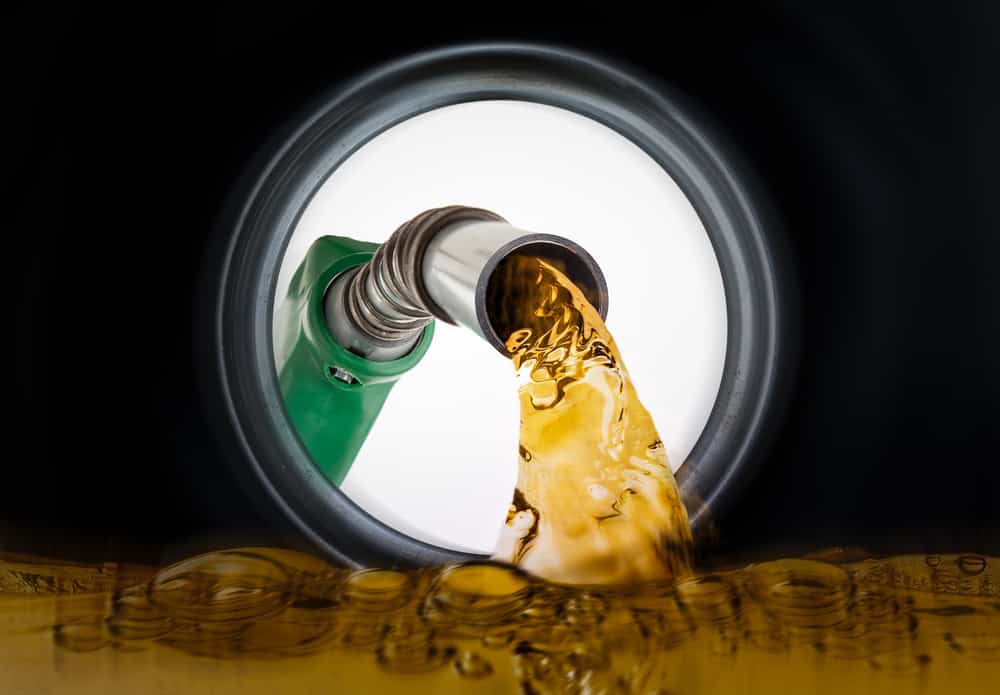
A common sign of a bad accelerator pedal position sensor is a decrease or increase in fuel efficiency. When the pedal position sensor fails, it sends an incorrect signal to the engine control module, causing the engine to receive either too much or too little fuel. This will result in poor (or better) fuel consumption.
But while better fuel consumption may sound like a good thing, it can actually damage the engine, so it’s important to fix it as soon as possible.
6. Check Engine Light
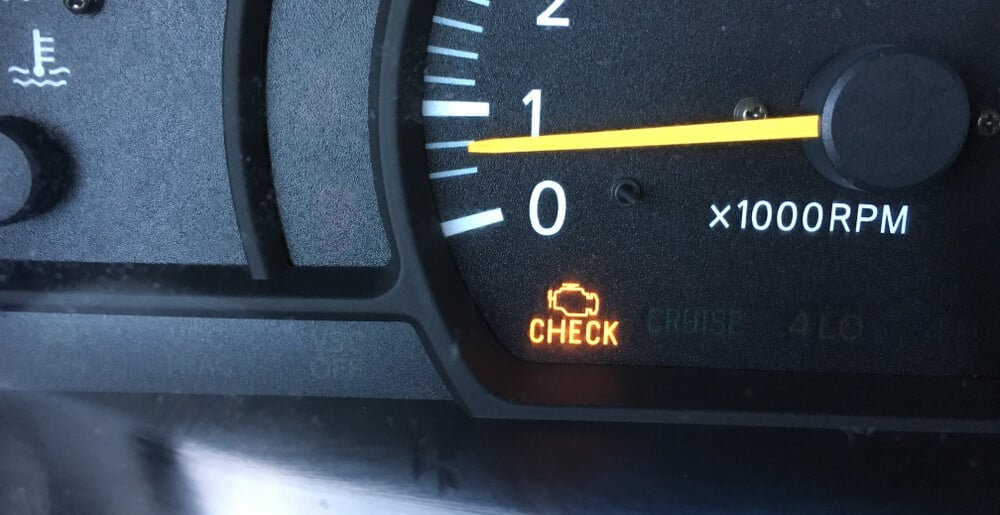
Modern cars have a monitoring system over all the sensors in the car engine. If the engine control unit suspects that one of these sensors is broken and sending out a wrong signal, it will turn on the check engine light.
If your check engine light is on, you should definitely check the trouble codes with an automotive scan tool.
What is an Accelerator Pedal Position Sensor?
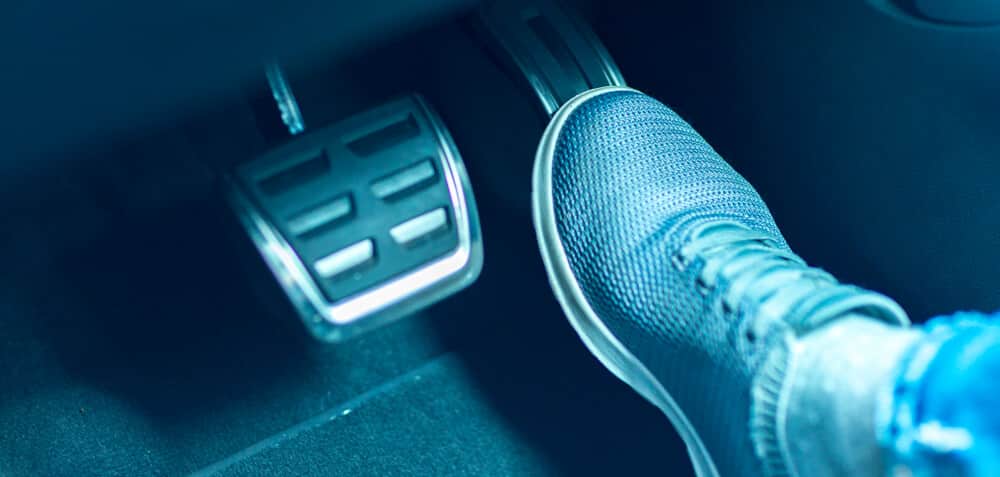
Modern cars do not have a wire between the accelerator and throttle body; instead, they use an electronic throttle control system.
A driver continually depresses the accelerator pedal, giving it a varying amount of pressure, which determines how the car moves forward.
The TPS sensor and the accelerator pedal sensor track the gas pedal’s movement, which sends signals to the car’s computer. The computer then uses that information to adjust the air/fuel mixture and the throttle body valve according to the gas pedal position, current speed, the air temperature, MAF reading, and RPM. The result is a smooth and responsive drive.
Some cars use both an accelerator pedal position sensor on the pedal and a TPS sensor on the throttle body, while some cars only have a TPS sensor on the throttle body.
The TPS sensor is quite an important part, because it can affect both the gas mileage and the engine response.
Accelerator Pedal Position Sensor Location
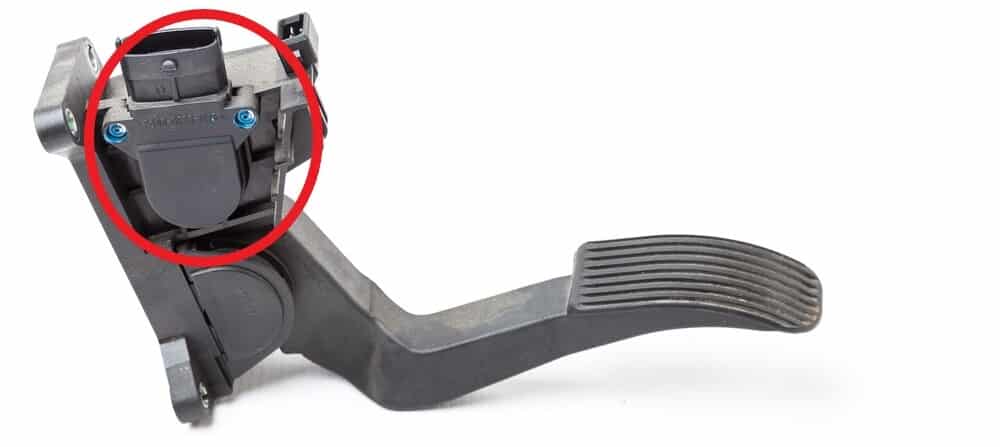
The accelerator pedal position sensor is located inside the accelerator pedal. In some cases, it is possible to replace just the sensor, but on other car models, you have to replace the whole accelerator pedal.
Removing the accelerator pedal can sometimes be challenging, but it is pretty straightforward on most car models.
Accelerator Pedal Position Sensor Replacement Cost
The average accelerator pedal sensor replacement cost is between $100 and $300, depending on the car model and labor costs. The accelerator pedal sensor usually costs between $50 and $200. The labor cost can range from $50 to $100 at a workshop.
The cost differs a lot depending on if you can replace just the position sensor or if you have to replace the whole accelerator pedal (as is the case with some cars), which makes it much more expensive.
Remember that you sometimes have to calibrate the new accelerator pedal position sensor, which can only be done with a diagnostic tool.
How do I reset my accelerator pedal sensor?
How to reset the accelerator pedal position sensor depends on your car model. However, on most car models you will need to disconnect and reconnect the car battery. Then, you turn on the ignition and first fully depress the gas pedal, then release it. Finally, you should turn off the ignition again, and after this, the sensor should be calibrated.
How do I test the accelerator pedal position sensor?
The easiest way to test an accelerator pedal position sensor is to use a diagnostic computer. Read the voltage going through the position sensor and ensure it gives the correct values when fully depressing the accelerator pedal position sensor. The values are often shown as percentages.
Is a throttle position sensor the same as an accelerator pedal position sensor?
No. They are not the same. The throttle position sensor is located inside or on the throttle body of the engine. The accelerator pedal position sensor is located on the accelerator pedal inside the car.
Is it safe to drive with a bad accelerator pedal position sensor?
No. It is not safe to drive with a bad accelerator pedal position sensor. The pedal sensor sends information to the engine control module about how much you want to accelerate the engine, which then sends this information to the throttle. The last thing you want is for the ECM to send the wrong information.
You really don’t want the accelerator pedal to send the wrong signal to the throttle body, so it’s important to take a bad accelerator position sensor seriously and fix the problem as soon as possible.
If you don’t have the knowledge to diagnose and fix the problem yourself, it’s time to take your car in for service and have the accelerator pedal sensor checked by a mechanic. Ignoring the problem can not only be dangerous, but also lead to more expensive repairs down the road.
Learn more:
- 8 Symptoms of a Bad Throttle Body
- How to Reset a Throttle Position Sensor (7 Methods)
- 5 Signs of a Bad Throttle Position Sensor
Categories: Electric
